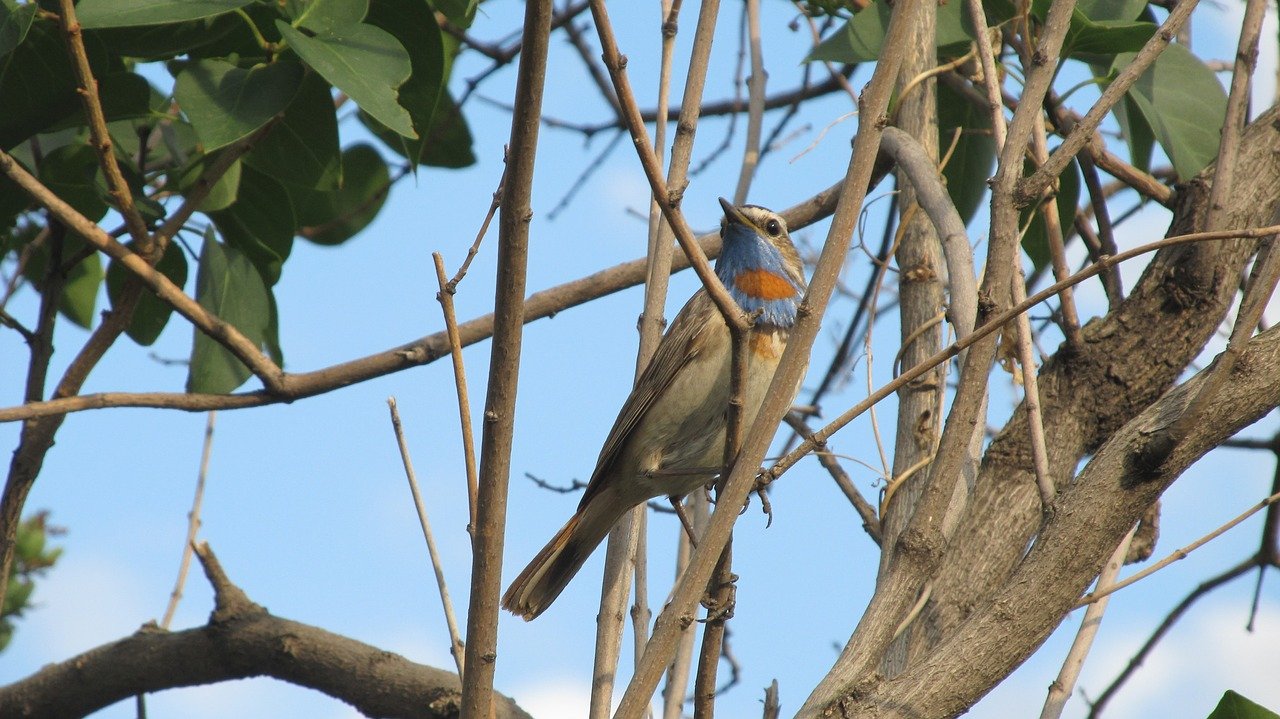Population fluctuations and timing of spring migration of the Scandinavian Bluethroat Luscinia svecica svecica at Ottenby Bird Observatory, Sweden, 1955–2008
DOI:
https://doi.org/10.34080/os.v21.22603Keywords:
bird ringing, bird banding, bird observatory, population studies, sexual dimorphism, climate effectsAbstract
In this study, 54 years (1955–2008) of consecutive trapping data from Ottenby Bird Observatory on the island of Öland, SE Sweden, was used to analyze the spring passage of the Scandinavian subspecies of the Bluethroat Luscinia svecica svecica. The aim was to investigate trends in the numbers of Bluethroat passing this site and to provide statistics related to the phenology of migration. Trapping of Bluethroats at Ottenby may be seen as an index of population numbers in the recruitment area, especially for the latest decades when trapping conditions have been standardized. The number of trapped individuals was stable both in the long and short term, but median spring passage has become significantly earlier over the study period. The spring migration of the species showed clear age and sex related differences in timing. Male Bluethroats preceded females with about three days, and adult birds preceded juveniles of both sexes. Finally, the local weather during the peak passage significantly affected the number of trapped individuals, with the largest number trapped in days with head winds from the northwest sector.
Downloads

Downloads
Published
How to Cite
Issue
Section
License
Copyright (c) 2011 Staffan Svanberg, Jonas Waldenström

This work is licensed under a Creative Commons Attribution 4.0 International License.
The copyright of each contribution belongs to the author(s), but all contributions are published under a Creative Commons license, so that anyone is free to share and reuse the contribution as long as the copyright holder is attributed.







